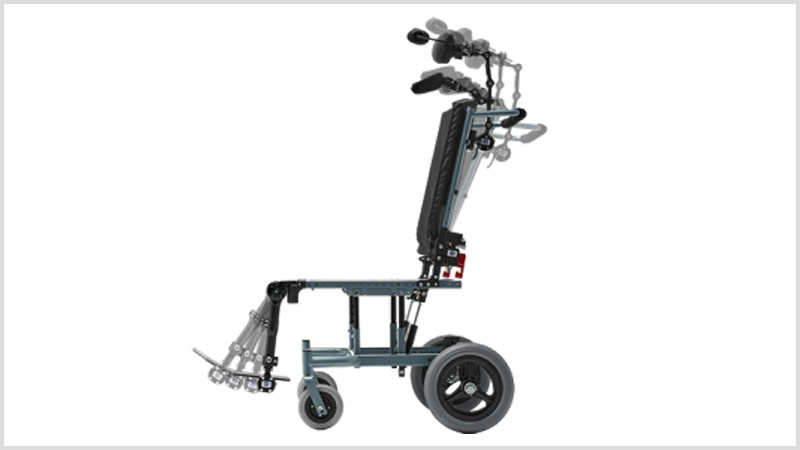Blog
Effective 6/1/22: Dynamic Components Request For Quote/Ordering Policy Change
Effective June 1, 2022 Thanks to the beta users who have provided feedback during testing over the past two years. Seating Dynamics is pleased to provide our customers, a new online Request for Quote (RFQ) application. This application provides a faster more efficient process. As of 6/1/22, ALL RFQs for new dynamic seating products will…
Continue ReadingHow Do I Know if a Client Needs Dynamic Footrests?
In earlier blogs we have addressed key topics such as “What is Dynamic Seating ” and “Dynamic Seating: Clinical Indicators .” In this blog, we will focus on Dynamic Footrests.
Continue ReadingHow Do I Know if a Client Needs Dynamic Head Support Hardware?
In earlier blogs we have addressed key topics such as “What is Dynamic Seating ” and “Dynamic Seating: Clinical Indicators .” In this blog, we will focus on Dynamic Head Support Hardware.
Continue ReadingEuropean Seating Symposium 2022
Seating Dynamics is excited to share our products with Europe at ESS 2022 in Dublin.
Continue ReadingDynamic Seating Education Around the World!
Did you know that Dynamic Seating courses were presented at 3 International Conferences this year?
Continue ReadingWhat is Muscle Tone?
If a client has increased muscle tone, this will impact what seated position is selected and what seating strategies will be used to achieve and maintain this position.
Continue ReadingDynamic Seating: a history lesson
Explore how dynamic seating, movement within a wheelchair, has evolved over the past 150 years.
Continue ReadingNewly Designed Dynamic Footrests! It’s all about the Pivot Point!
Dynamic Seating components are designed to move with a client. A great deal of design goes into these components to ensure the product responds to client forces and maintains client position.
Continue ReadingDynamic Seating for People with Increased Muscle Tone
This blog is the final in a series on Muscle Tone. This series has addressed muscle tone itself, movement disorders, primitive reflexes, diagnoses characterized by increased muscle tone, tone management, and general wheelchair seating strategies used with this population.
Continue ReadingWhat are Primitive Reflexes?
Primitive Reflexes, also called obligatory patterns, are commonly seen in people with increased muscle tone. These reflexes are present in infancy and often aid in specific tasks such as nursing.
Continue Reading
